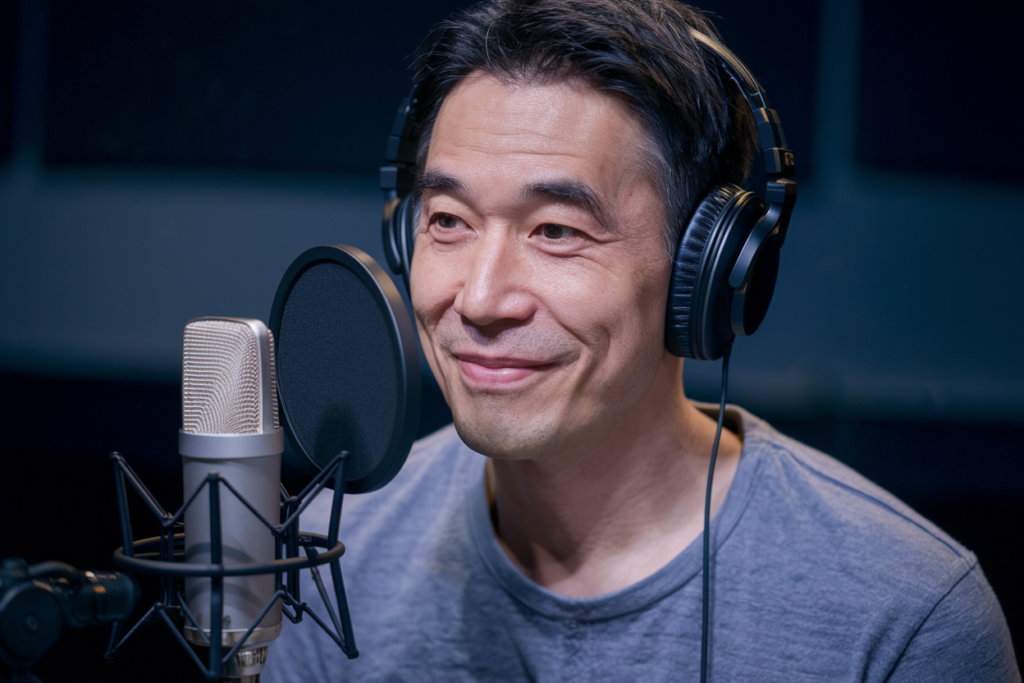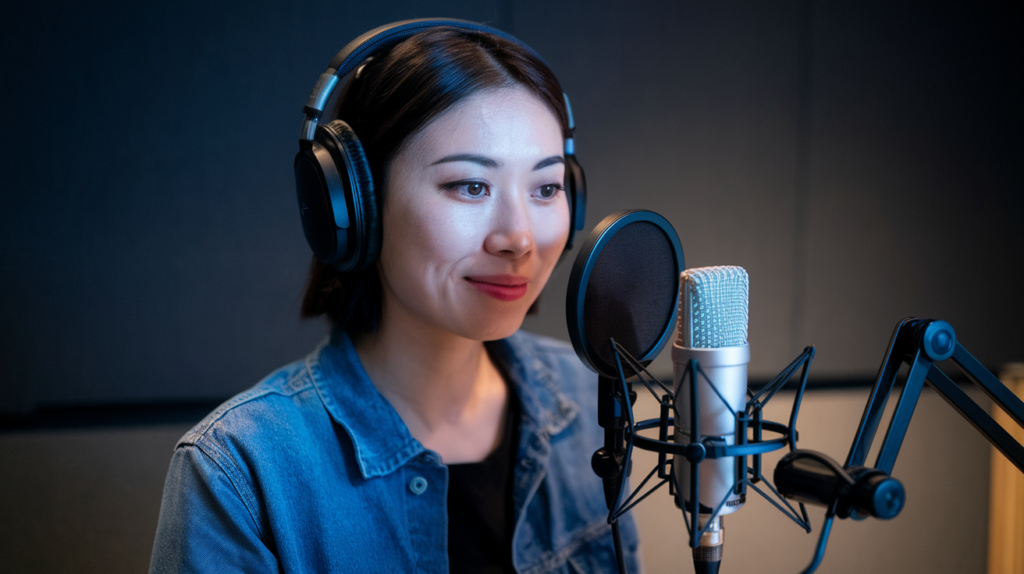Key Takeaways
- Understanding Dialects: Japanese dialects, known as „hōgen,“ exhibit significant phonetic, vocabulary, and grammatical differences, with Tohoku dialect standing out from standard Japanese.
- Phonetic Variations: Tohoku Japanese features unique pronunciation traits, including elongated vowels and altered consonants that create a distinct melodic quality compared to the crisp enunciation of standard Japanese.
- Regional Vocabulary: The Tohoku dialect includes local terms not commonly found in textbooks; familiarizing yourself with this vocabulary enhances communication and cultural appreciation.
- Grammar Differences: While both forms follow a Subject-Object-Verb structure, Tohoku Japanese includes unique sentence constructions and verb conjugations that may challenge learners accustomed to standard grammar rules.
- Cultural Significance: The linguistic characteristics of Tohoku reflect the region’s rich cultural heritage and customs, offering deeper insights into local identity and community values.
Ever wondered why Tohoku Japanese sounds so different from the standard version you hear in textbooks? If you’re diving into the world of Japanese language and culture, understanding these differences can unlock a richer experience.
Overview of Japanese Dialects
Japanese dialects, known as „hōgen,“ showcase the rich linguistic diversity across Japan. Each region boasts distinct phonetics, vocabulary, and grammar that contribute to its unique identity. Tohoku dialect exemplifies this variation, standing apart from standard Japanese in several key aspects.
Tohoku Japanese features pronunciation differences that set it apart from the standard form. For instance, vowel sounds may vary significantly; speakers might stretch certain syllables or alter their intonation patterns. Such variations can confuse those familiar only with standard Japanese.
Additionally, Tohoku dialect incorporates regional vocabulary not found in textbooks. Local expressions and terms can enrich conversations but may pose challenges for non-native speakers. Understanding these words enhances your appreciation of the local culture and fosters better communication.
Grammar structures also differ between Tohoku and standard Japanese, with some verb conjugations and sentence constructions varying based on region. This divergence highlights the adaptive nature of language as it evolves within different communities.
Exploring these dialectical differences offers insights into Japan’s cultural tapestry while improving your overall fluency in the language. Engaging with native speakers provides valuable opportunities to hear these distinctions firsthand, deepening your connection to both the language and its diverse people.
Tohoku Dialect Characteristics
Tohoku dialect, or Tōhoku-ben, features distinct characteristics that set it apart from standard Japanese. Understanding these traits enhances your communication with locals and enriches your appreciation of Japan’s linguistic diversity.
Phonetic Variations
Tohoku dialect showcases notable phonetic variations compared to standard Japanese. For example, speakers often lengthen vowels and alter consonants. The „a“ sound may transform into a more rounded „o,“ leading to unique pronunciations of familiar words. Intonation also shifts; Tohoku speakers tend to use a distinctive pitch accent that can make sentences sound melodious yet unfamiliar to those accustomed only to standard forms.
Vocabulary Differences
Vocabulary in the Tohoku dialect includes regional terms not commonly found in standard Japanese. Certain everyday items or actions might have entirely different names. For instance, the word for “rice” changes based on region—it’s referred to as “gohan” in standard Japanese but may be called “kome” in parts of Tohoku. Familiarizing yourself with these vocabulary differences helps bridge gaps during conversations and deepens connections with native speakers, making interactions more meaningful and authentic.
Standard Japanese Overview
Standard Japanese, known as „Hyojungo,“ serves as the national language of Japan and is primarily based on the Tokyo dialect. This form of Japanese forms the foundation for most language education and media, making it essential for communication across diverse regions.
Historical Background
The evolution of Standard Japanese began during the Meiji Era (1868-1912), when Japan opened up to Western influence. As part of modernization efforts, a standardized language emerged to unify various regional dialects. The government promoted this standardization in schools and media, leading to its widespread adoption. Today, Hyojungo reflects a blend of traditional and contemporary linguistic elements that resonate with speakers throughout Japan.
Linguistic Features
Standard Japanese features distinct phonetic characteristics that differ from regional dialects like Tohoku-ben. It employs a relatively simple syllable structure and has five vowel sounds: a, i, u, e, o. Pronunciation remains consistent across contexts, ensuring clarity in communication.
Grammar in Standard Japanese typically follows a Subject-Object-Verb order. Politeness levels are crucial; different verb conjugations convey respect or familiarity depending on context. Vocabulary predominantly consists of native words but also incorporates loanwords from English and other languages.
Understanding these features allows you to navigate conversations more effectively in various settings—from casual chats to formal discussions—enhancing your overall fluency in the language.
Key Differences Between Tohoku and Standard Japanese
Tohoku Japanese, or Tōhoku-ben, showcases several key differences from Standard Japanese that highlight its unique charm. Understanding these distinctions enriches your communication and appreciation of the language.
Pronunciation Discrepancies
Pronunciation stands out as a significant difference between Tohoku and Standard Japanese. In the Tohoku region, speakers often lengthen vowels and modify consonants, resulting in distinct sounds. For instance, you might hear „a“ pronounced more like „ah,“ giving it a melodious quality that’s different from the crisp enunciation found in standard speech. Additionally, pitch accent varies; where Standard Japanese relies on a specific pattern of high and low tones, Tohoku’s melodic rhythm can sound unfamiliar to those accustomed solely to Hyojungo.
Grammar and Syntax Variations
Grammar and syntax also differ notably between these dialects. While both follow the Subject-Object-Verb order common in Japanese, you’ll find unique sentence structures in Tohoku that may not exist in Standard Japanese. For example, local expressions sometimes omit subjects or use different particles that shift meaning slightly. This variety can create rich nuances in conversation but may challenge learners who are only familiar with textbook grammar rules.
By recognizing these phonetic variations and grammatical nuances, you enhance your ability to connect with locals when exploring Japan’s diverse cultural landscape.
Cultural Context and Influence
Tohoku Japanese reflects the region’s rich cultural heritage and unique historical influences. This dialect isn’t just a way of speaking; it embodies the traditions and identity of Tohoku’s people. You’ll find that regional festivals, local cuisine, and traditional crafts often shape how language is used in daily life.
Local customs also play a significant role in shaping communication styles. For instance, certain expressions or terms may arise from agricultural practices or community events specific to Tohoku. These variations provide insight into the values and lifestyle of the area, giving you a deeper appreciation for its culture.
Moreover, Tohoku has faced challenges such as natural disasters, influencing both its linguistic development and social dynamics. The resilience displayed by locals is often expressed through their speech patterns and vocabulary choices. Understanding these subtleties can enhance your interactions with Tohoku residents, fostering genuine connections based on shared experiences and mutual respect.
In contrast, Standard Japanese offers a more uniform approach to communication across Japan. Its widespread use promotes accessibility but can sometimes overshadow regional identities like that of Tohoku. Recognizing this balance between standardization and localization helps you navigate conversations effectively while respecting cultural nuances.
Exploring these differences enriches not only your understanding of the language but also your connection to Japan’s diverse landscape—both linguistically and culturally. Engaging with local dialects opens doors to authentic experiences that textbooks alone can’t provide.
Conclusion
Understanding the differences between Tohoku and Standard Japanese opens up new avenues for connecting with Japan’s rich cultural heritage. By appreciating the unique phonetic variations and vocabulary of Tohoku dialect, you can enhance your communication skills and engage more meaningfully with locals.
Recognizing how Tohoku Japanese reflects regional identity allows you to gain deeper insights into the area’s traditions and values. Embracing these dialectical nuances not only enriches your language learning journey but also fosters authentic interactions that celebrate Japan’s diverse linguistic landscape. Exploring these differences will undoubtedly elevate your appreciation for both the language and culture of this incredible region.
Frequently Asked Questions
What is Tohoku Japanese?
Tohoku Japanese, or Tōhoku-ben, is a regional dialect distinct from Standard Japanese (Hyojungo). It features unique pronunciation, vocabulary, and grammar structures that reflect the cultural heritage of the Tohoku region. Understanding these differences can enhance communication with locals and appreciation for Japan’s linguistic diversity.
How does Tohoku Japanese differ from Standard Japanese?
Tohoku Japanese differs in phonetic variations like lengthened vowels and altered consonants, creating a melodious sound. Additionally, it has distinct vocabulary terms and sentence structures that may omit subjects or use different particles compared to Standard Japanese.
Why should I learn about dialects like Tohoku-ben?
Learning about dialects like Tohoku-ben enriches your understanding of Japan’s cultural landscape. It helps improve communication with local speakers and deepens connections through shared language nuances. Dialects also showcase the rich linguistic diversity across Japan.
What are some characteristics of the Tohoku dialect?
Key characteristics of the Tohoku dialect include modified pronunciation patterns, regional vocabulary differences (e.g., „kome“ for rice), and unique pitch accents. These elements contribute to its distinctive sound and provide insight into local culture.
How did Standard Japanese evolve?
Standard Japanese evolved during the Meiji Era when Japan aimed to unify various regional dialects into a standardized language for education and media. This led to Hyojungo becoming widely adopted as the national language based on Tokyo’s dialect.
Why is understanding grammar important in learning these dialects?
Understanding grammar helps learners navigate conversations effectively within various contexts. For example, while both Tohoku and Standard Japanese follow a Subject-Object-Verb order, knowing their grammatical nuances enhances fluency and comprehension when engaging with native speakers.
How do cultural influences shape the Tohoku dialect?
Cultural influences shape the Tohoku dialect by reflecting local traditions, customs, agricultural practices, and community events. Such influences manifest in expressions used by locals that convey values tied closely to their heritage and lifestyle.
What challenges does the Tohoku region face linguistically?
The Tohoku region faces challenges such as natural disasters affecting its communities which influence linguistic development. Resilience expressed through speech patterns highlights how social dynamics evolve amidst adversity while preserving local identity through language.







